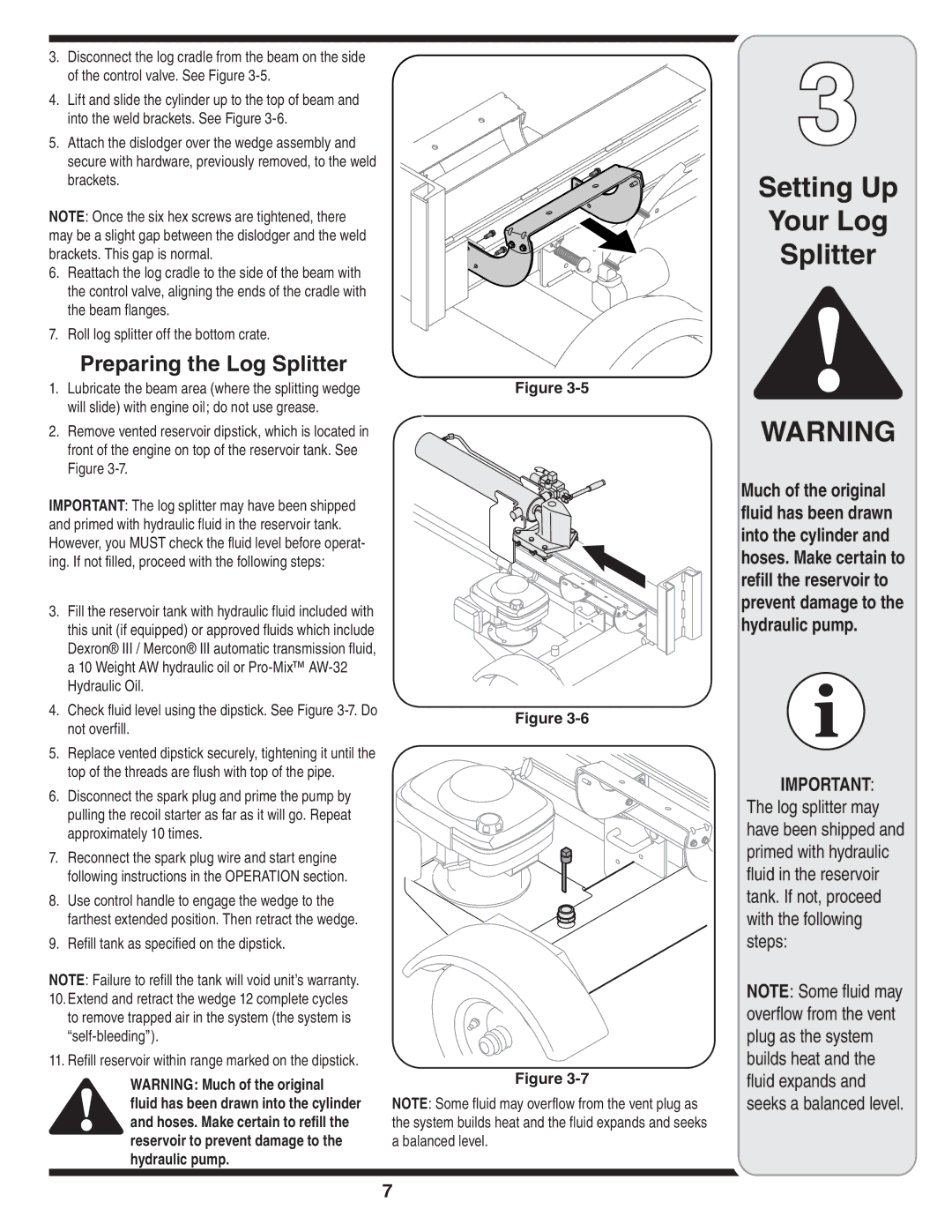550 Thru 570 specifications
The Yard-Man 550 thru 570 series of lawn mowers and garden equipment offers a range of cutting-edge features designed for both residential and commercial users. These models are specifically engineered to deliver top-notch performance, reliability, and ease of use, making them a favorite amongst garden enthusiasts and landscapers alike.One of the standout characteristics of the Yard-Man 550 thru 570 series is their powerful engine options. These models are equipped with high-performance engines that ensure adequate power for cutting through thick grass and tackling various landscaping challenges. The advanced two-stroke engine technology not only provides strong torque but also enhances fuel efficiency, allowing users to operate longer on a single tank.
Additionally, these mowers feature a robust cutting deck design, which comes in various sizes to accommodate different yard sizes and types. The precision cutting technology ensures clean and consistent cuts, resulting in a well-manicured lawn, while the adjustable cutting heights allow users to customize their mowing experience based on grass types and seasonal requirements.
One of the key innovations in the Yard-Man 550 thru 570 models is the incorporation of self-propelling mechanisms. This feature significantly reduces user fatigue, making mowing more manageable, especially on hilly or uneven terrains. The intuitive control systems allow users to easily adjust their speed, providing greater comfort and control while mowing.
For added convenience, these models are designed with easy-start technology, minimizing the hassle often associated with starting gas-powered mowers. Additionally, the ergonomic handle design enhances handling and maneuverability, contributing to overall user satisfaction.
Maintenance is often a concern for equipment owners, and Yard-Man addresses this with features that simplify upkeep. Quick-release mechanisms for access to the cutting blade make it easier for users to perform maintenance tasks like sharpening or replacing blades.
Furthermore, the Yard-Man 550 thru 570 series prioritizes durability, featuring high-quality materials and robust construction. This longevity ensures that users can count on their tools for years of reliable service.
In conclusion, the Yard-Man 550 thru 570 series stands out as a solid choice for anyone looking for durable, efficient, and user-friendly lawn care equipment. From powerful engines to innovative features, these mowers are engineered to meet the demands of today's users, making lawn maintenance a breeze.

